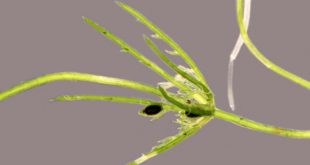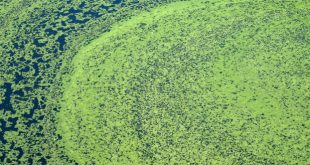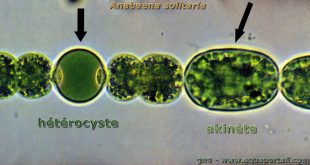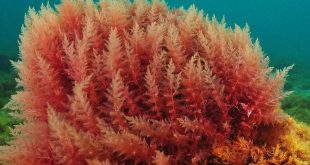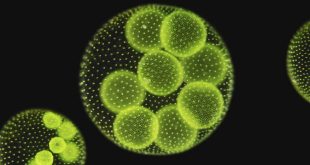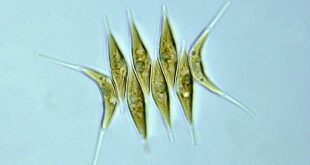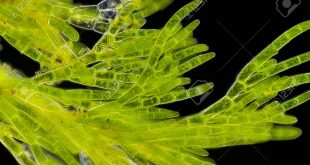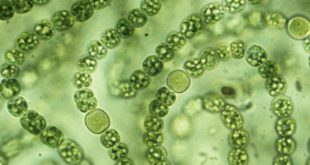The transformation of green, photosynthetic algae from their original simple aquatic life to advanced terrestrial plants was a key event in the history of planet Earth, ranking in significance with the origin of photosynthesis. It is quite obvious from phylogenetic, molecular and morphological studies that higher plants are derived from …
Read More »Algae: An Introduction
Phycology or algology is the study of algae. The word ‘Phycology’ is derived from the Greek word ‘Phykos’ meaning seaweed. The algae are thallophytes (plants lacking roots, stems and leaves) that have chlorophyll as their primary photosynthetic pigment and lack a sterile covering of cells around their reproductive cells or …
Read More »Heterocyst: A Botanical Enigma
Imagine being a very special sibling, having some unique features, acting in a good and interestingly weird way unlike others – feeling important already, right? Heterocyst is such a sibling of other algal cells which altogether make a filamentous structure of the algae. Whereas the other cells perform the function …
Read More »Divisions: Euglenophyta, Phaeophyta, Chrysophyta
Algae is an extremely diverse group of organisms that make up the lower phylogenetic echelons of the plant kingdom. A precise definition of this group is elusive and they share many obvious characteristics with higher land plants, whereas their distinguishing features from other plant groups are varied and more subtle …
Read More »Divisions: Pyrrhophyta, Cryptophyta, Rhodophyta
Algae is an extremely diverse group of organisms that make up the lower phylogenetic echelons of the plant kingdom. A precise definition of this group is elusive and they share many obvious characteristics with higher land plants, whereas their distinguishing features from other plant groups are varied and more subtle …
Read More »Evolution of Green Algae: Volvocine Trend
(Evolution of Green Algae has three articles based on its three trends. All of these articles start and end with same paragraphs. If you want to avoid these intros, directly migrate to the point “Volvocine line of evolution” which is after the second horizontal line). Evolution of Green Algae: Tetrasporine Trend …
Read More »Ultra Structure of Chloroplast in Algae
Algae are both eukaryotic and prokaryotic organisms that have no roots, stems or leaves but do have chloroplast and other pigments for carrying out photosynthesis. The basic structure of chloroplast consists of a series of flattened membranous vesicle called thylakoids or disc and a surrounding matrix. These thylakoids can be …
Read More »Evolution of Green Algae: Chlorococcine Trend
(Evolution of Green Algae has three articles based on its three trends. All of these articles start and end with same paragraphs. If you want to avoid these intros, directly migrate to the point “Chlorococcine line of evolution“). Evolution of Green Algae: Vovocine Trend Evolution of Green Algae: Tetrasporine Trend …
Read More »Evolution of Green Algae: Tetrasporine Trend
(Hello..readers, Evolution of Green Algae has three articles based on its three trends. All of these articles start and end with same paragraphs. If you want to avoid these intros, directly migrate to the point “Tetrasporine line of evolution” which is after the second horizontal line). Evolution of Green Algae: Volvocine …
Read More »Blue-Green Algae: A Brief Introduction to the Prokaryotic Photosynthesizers
Blue-Green Algae (BGA) The class Myxophyceae or Cyanophyceae is commonly called Blue-Green algae because of the presence of a principal bluish-green pigment (c-phycocyanin) along with green chlorophyll-a, yellowish carotenoids, and some quantity of Myxoxanthin. The combination of the abundant blue and green pigments as mentioned above give these organisms a …
Read More » Plantlet The Blogging Platform of Department of Botany, University of Dhaka
Plantlet The Blogging Platform of Department of Botany, University of Dhaka
